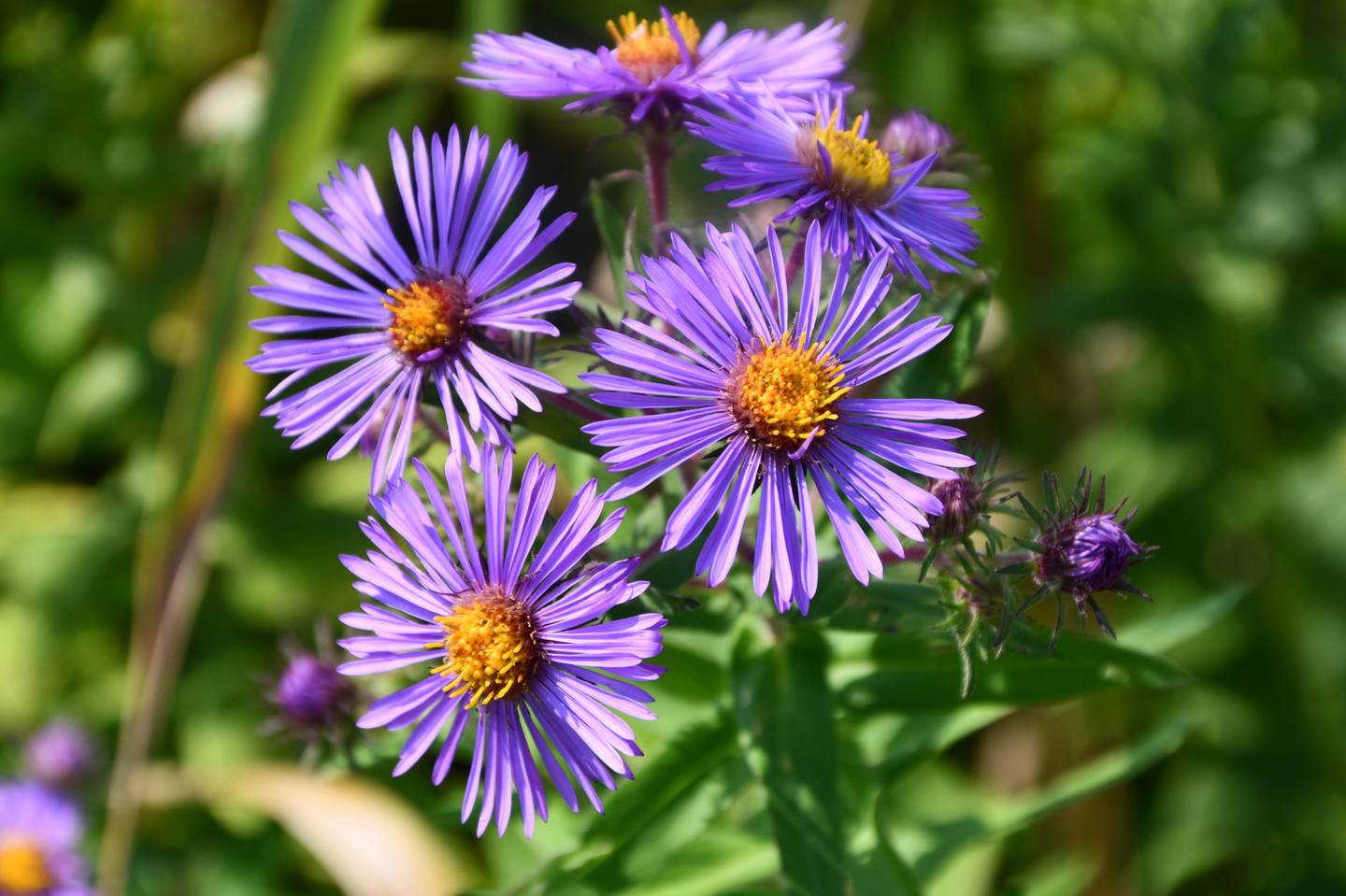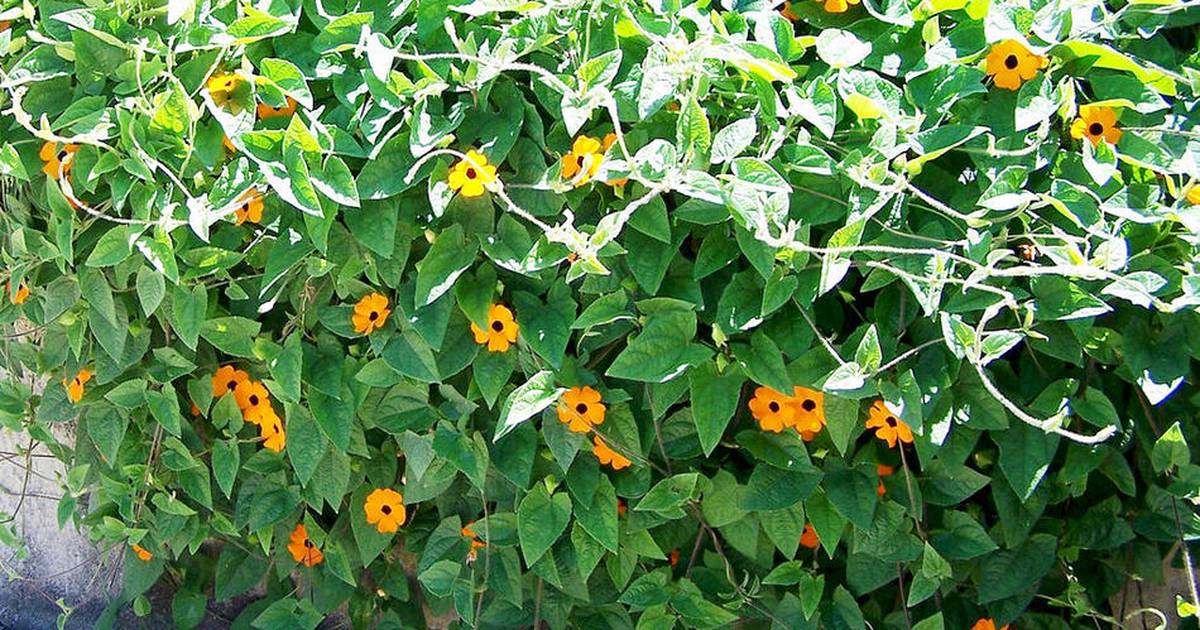Fall is arriving across the Midwest. It's one of the most remarkable spectacles Mother Nature has to offer, with the colorful flash of deciduous trees, the crisp, crisp morning air and the scurrying of creatures preparing for the rest period ahead.
Don't let the chill in the air fool you, there's still plenty of time left in this growing season!
An autumn garden can feature a variety of colors, textures and gradients to create a festive and cheerful mood. Pumpkins, cucurbits, kale, asters and goldenrod can be real showstoppers and help pollinators in the late season.
Enhance with native plants
At this time of year, black-eyed susan (Rudbeckia hirta), northern sea oats (Chasmanthium latifolium) and asters (Aster sp.) dominate in all colors. Add a touch of goldenrod (Solidago sp.), obedient plant (Physostegia virginiana), Joe-Pye weed (Eutrochium purpureum), and bee balm (Monarda sp.) to delight the hummingbirds and bees. When growing coneflowers (Echinacea pallida), goldenrod (Solidago rigida), and flamestar (Liatris sp.), be sure to leave seed heads throughout the winter, as they provide interesting structure and a food source for overwintering birds. All of the native plants mentioned above also have the advantage of being native perennials that last for years.

Make a splash with ornamental plants
Adding some fun container gardens with fall ornamental plants can set the tone for the season in any room! Swiss chard, kale, tricolor sage, ornamental peppers and even mixed lettuce can make interesting fillers for a container garden. Succulents, drupes, and alyssum are good choices for plants that spill over the edge of the pot. Don't forget to add drama with exciting color from pansies, pansies, salvia, daisies or canna lilies.
Autumn gardening
However you choose to garden this season, remember a few important tasks before the colder weather sets in:
- If you want to plant bulbs for spring, now is the time to get them in the ground at the right planting depth.
- Once your planting work is complete, clean your garden tools thoroughly. Wash and disinfect all tools used in the ground.
- This is also a good time to look at things and assess whether they need to be sharpened, repaired or replaced. Apply a light coat of oil to each tool before putting it away for the season to prevent rust and prolong use.
- Drain and disconnect garden hoses before temperatures get below freezing to prevent water problems.
- Another good end-of-season task is to take notes and take photos of things you like and ideas you can improve next year. It's never too early to start planning for next year's garden!
For more information about fall gardening, visit: https://extension.illinois.edu/blogs/good-growing/2024-09-06-fall-gardening-dos-celebrating-summers-end-and-planning-fall
For more information about supporting pollinators this time of year, check out this blog from Gardeners Corner: https://extension.illinois.edu/news-releases/consider-pollinators-during-fall-garden-cleanup
References:
Fall Gardening – https://www.chicagobotanic.org/plantinfo/smartgardener/fall_garden_chores
Early Fall Wows – https://www.chicagobotanic.org/walk/early_fall_wows
Do you have a question for the master gardeners? Residents can contact Kendall County Master Gardener volunteers during the growing season on Mondays, Wednesdays and Fridays from 9 a.m. to 12:30 p.m. by calling 630-553-5823, stopping at 7775B IL Route 47, Yorkville or emailing uiemg-kendall@illinois.edu. For helpful tips on what to include in your email, visit go.illinois.edu/HelpDeskMGdkk.
Karly Tumminello is a certified naturalist who volunteers with the University of Illinois Extension and serves DuPage, Kane and Kendall counties.
